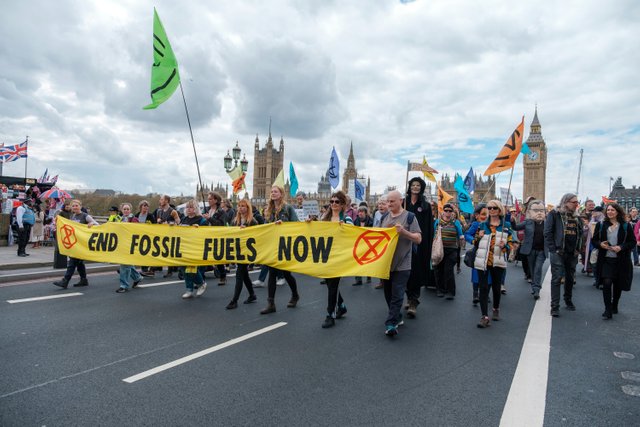Can the EU Learn it's Lessons from the 2022–2025 Energy Crisis

The European Union’s Green Deal, unveiled in December 2019, represents a landmark strategic initiative aimed at achieving climate neutrality by 2050. However, the energy crisis precipitated by the Russian invasion of Ukraine in 2022 exposed critical vulnerabilities in the EU’s energy architecture and highlighted the urgent need to reconcile environmental ambitions with geopolitical realities. This contribution reflects on the interplay between the Green Deal and energy security, drawing lessons from the 2022–2025 period to inform the future trajectory of the EU's climate and foreign policy.
The energy crisis underscored the EU’s overreliance on external energy suppliers, particularly Russia, which had supplied over 40% of the Union's natural gas prior to the conflict. As gas supplies were weaponised and prices soared, the EU confronted the dual challenge of maintaining energy security while adhering to its decarbonisation goals. In response, the European Commission accelerated the implementation of the Green Deal, particularly through the REPowerEU plan, which aimed to reduce dependence on Russian fossil fuels by diversifying suppliers, increasing LNG imports, and, crucially, expanding investment in renewable energy infrastructure.
The crisis served as a stress test for the Green Deal’s central premise: that a sustainable, carbon-neutral economy enhances rather than undermines energy security. The rapid deployment of wind, solar, and bioenergy projects during this period validated this logic to some extent. For instance, Germany, which had long relied on Russian gas, significantly ramped up solar power installations and expedited offshore wind licensing, reducing its vulnerability to external shocks. Moreover, the crisis catalyzed support for the Carbon Border Adjustment Mechanism (CBAM), intended to protect European industries from carbon-intensive imports and maintain competitiveness amid asymmetric climate commitments.
However, the Green Deal’s long-term orientation collided with the immediate energy needs of member states. In 2022–2023, several countries, including the Netherlands and Poland, temporarily reverted to coal to bridge energy shortfalls, raising questions about the feasibility of a linear energy transition under geopolitical pressure. This tension illustrates a core lesson: energy transitions must incorporate strategic flexibility, especially in times of systemic crisis.
Another crucial dimension revealed by the crisis was the need for a socially inclusive transition. The Just Transition Mechanism, a key pillar of the Green Deal, gained heightened relevance as energy poverty surged across Europe. Governments utilized this framework to buffer the socio-economic impact of high energy prices, particularly on vulnerable communities. Nonetheless, disparities in state capacity across the EU led to uneven implementation, suggesting the need for stronger supranational coordination in future crises.
Ultimately, the 2022–2025 energy crisis reaffirmed the EU Green Deal’s strategic significance not only as a climate policy but as a tool of geopolitical resilience. It provided a compelling case for energy autonomy through renewables, underscoring that sustainability and security are not mutually exclusive. Yet, it also revealed the practical and political complexities of transition under duress. For policymakers and scholars alike, the crisis provides a foundational case study for understanding how environmental policy and international relations intersect in an era of climate-driven geopolitics.
.png)